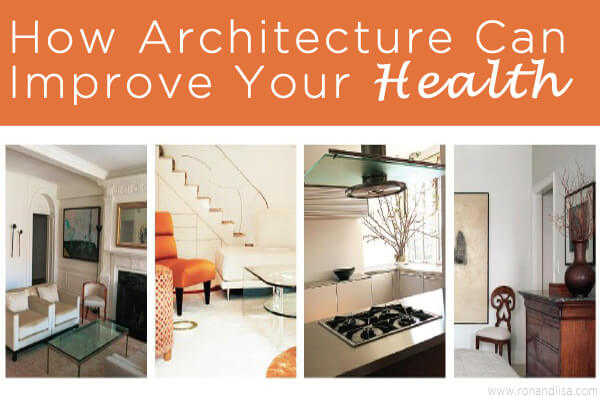By guest blogger, Carolyn DiCarlo
Are you aware that there is a scientific field of study dedicated to understanding how our external environment’s effect upon our genes can influence disease? Cancer biologist Jean-Pierre Issa of The University of Texas M.D. Anderson Cancer Center says that “Epigenetics could prove more important than genetics for understanding environmental causes of disease. Studies indicate that cancer, atherosclerosis, Alzheimer’s disease [are all] acquired diseases where the environment very likely plays an important role.”
Creating Healthy Spaces
The filed of epigenetics begs the question, Can our homes and offices actually promote health of the mind, body and spirit? To be healing, a place must be harmonious in:
- the proportions of the space
- the quality and direction of the light
- color
- materials used (ie: nontoxic)
The above various and subtle maneuvers combine to form a beautiful and enlivened space. Even without scientific data, one can sense whether a space is healthy and life-supporting or when it isn’t. However insensitive we may have become to our modern day surroundings, our environments do affect us on a very deep and very physical level.
How Shapes Shape Our Mood
Certain shapes, such as round tables, gather people into a community. Creating a wide corridor with a window seat can introduce the possibility to rest, reflection or welcome casual social meetings. In contrast, a fluorescent illuminated, endless corridor can transform even the most well-intentioned building into an unwelcoming and sterile environment.
The Importance of Light
Different types of lighting can feel healthy or unhealthy, inviting or unpleasant. Here are some life-enhancing sources:
1.) Exposure to sunlight orients us to the time of day, replenishes us with vitamin D, and creates an overall feeling of health and well-being.
2.) The light and warmth from a log fire generates warmth in both body and soul.
3.) The flickering light from a wax candle emanates life in a way that no battery-operated candle can reproduce.
While camping is great, most of us aren’t setting up bonfires in our living room. There are, however, some simple ways we can mimic the rhythms of nature by utilizing light to balance our bodies and align with our surroundings. For example, Circadian lighting automatically adjusts the light to the current time of the day; creating improved sleep patterns.
Subconscious Effects of Our Environment
If science has proven that our environments affect our well-being down to the core level of our existence – our genes – then why not use this knowledge to rethink the current design standards of our built environment? We are certainly affected by our environment emotionally, spiritually, and physically – even if we’re not conscious of it.
Our mood, peace of mind and general comfort level are significantly influenced by how a space is designed. From the arrangement of the furniture, the shapes, materials and the progression of rooms – to- the paint color, direction of natural light and the toxicity of materials; subtle manipulations affect our experience of well-being. They can significantly determine whether a room feels calm or irritating. And, whether conscious or not, science reveals that this could predict the difference between living an enriched and healthy life –or- one depleting of our physical health. With this knowledge, we can appreciate that there exists a meaningful coincidence between the aesthetically satisfying and the physically healing. What nurtures the soul simultaneously nourishes the body. Isn’t it time to start designing our living spaces from the outside-in?
Architecture is not just capable of sheltering us; it’s capable of healing us. Let’s start by designing our homes and offices in a way which promotes inner peace. I’d love to hear your feedback, ah-ha moment(s) or your own personal experience in the comments section below.
Learn more about guest blogger, NYC architectural interior designer, Carolyn DiCarlo, by visiting her website at: www.carolyndicarlo.com




Great article on healthy homes. I deal with healthy homes in my Central Texas Real Estate practice. I have a straw bale home on rainwater in my inventory now. Designed by a green architect, it has lots of natural daylighting. I have clients who are concerned with Indoor Air Quality or IAQ among other things.
That is fantastic Betty! Thanks for sharing. It is really wonderful to hear about such a green + sustainable home being sold in TX! We love the straw bale homes and are quite familiar with those designed by Paula Baker-LaPorte of EcoNest (mostly in New Mexico)!